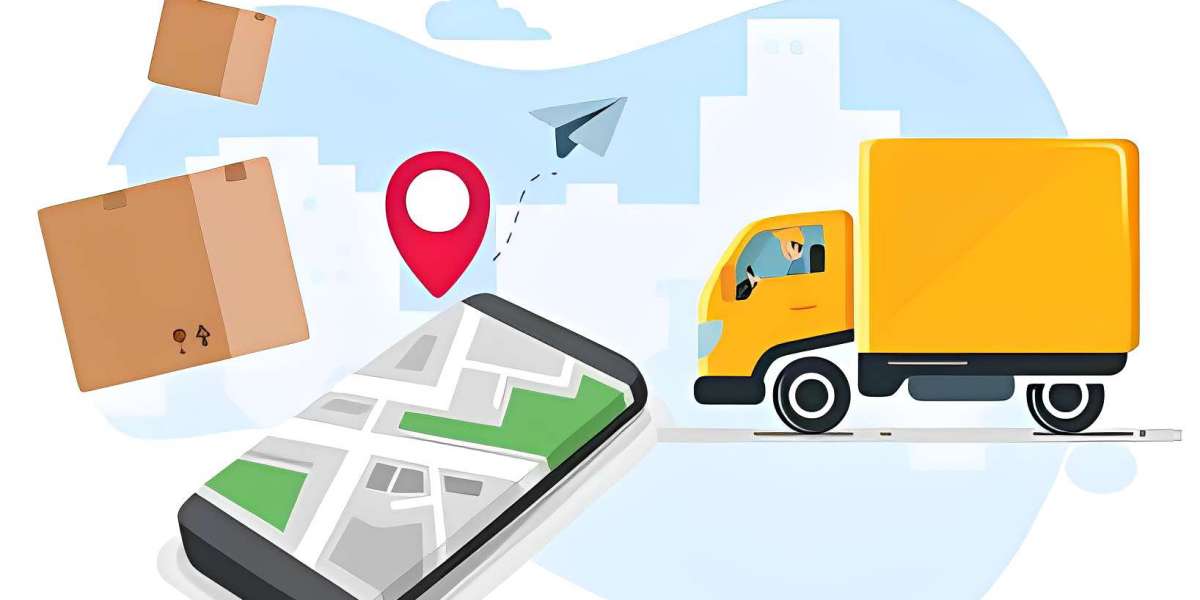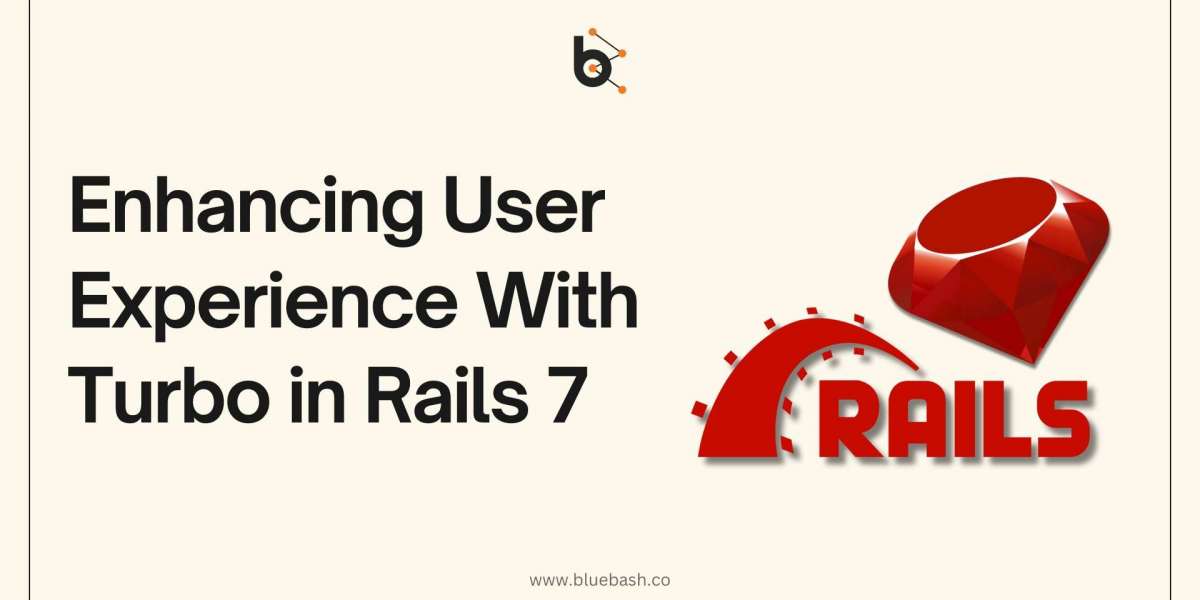The gig economy is no longer just a buzzword—it’s a way of life for millions worldwide. Flexible, fast-paced, and diverse, it’s reshaping traditional notions of work. At the heart of this transformation? Delivery driver apps. These tech marvels have become indispensable tools, enabling drivers, businesses, and customers to thrive in this new economic model.
The Gig Economy and Its Growth
The gig economy refers to a labor market characterized by short-term contracts or freelance work, as opposed to permanent jobs. From food delivery and ride-sharing to freelance writing and graphic design, gig work spans industries and skill levels. What’s fueling this growth? Technology, urbanization, and a growing desire for flexible employment options.
Delivery Apps as the Backbone of the Gig Economy
Delivery driver apps like DoorDash, Uber Eats, and Grubhub have transformed the logistics landscape. Acting as digital marketplaces, these apps connect gig workers with businesses and customers seamlessly. Whether it’s delivering hot meals or parcels, these platforms ensure that supply meets demand with precision.
Key Features of Delivery Driver Apps Shaping the Industry
Seamless Connectivity
These apps facilitate real-time communication, ensuring drivers, dispatchers, and customers are always in sync. It’s like having a 24/7 coordinator in your pocket.
Flexible Work Schedules
Drivers can work when it suits them, making gig work ideal for students, retirees, and anyone seeking a side hustle.
Route Optimization
Why waste time and fuel on inefficient routes? These apps use advanced algorithms to guide drivers through the fastest paths.
Performance Metrics
Drivers receive detailed feedback, allowing them to refine their approach and earn better ratings.
Benefits of Delivery Driver Apps for Gig Workers
Financial Independence
Gig workers gain control over their earnings. Many apps even offer features to track income and tips.
Skill Development
Navigating tight schedules and handling customer interactions sharpen crucial life skills.
Accessibility
These apps lower entry barriers, providing opportunities for people who might struggle to find traditional employment.
How Businesses Benefit from Delivery Apps
Businesses, especially small ones, reap significant benefits too. Outsourcing deliveries via these apps reduces logistical costs and allows them to focus on core operations. Plus, they gain access to a massive pool of on-demand talent, enabling rapid scaling during peak times.
Challenges and Concerns in the Gig Economy
Job Security
Gig work often lacks benefits like healthcare or retirement plans, sparking debates about worker protections.
Data Privacy
As drivers and customers share sensitive information, robust security measures are essential.
Income Stability
Earnings can fluctuate, making financial planning tricky for gig workers.
Delivery Apps and Technological Innovations
The integration of AI and machine learning is pushing delivery app into the future. Features like predictive analytics, smarter algorithms, and personalized recommendations are making deliveries faster and more efficient than ever.
Real-Life Examples of Delivery App Impact
Take Sarah, a part-time delivery driver who paid off her student loans using earnings from her gig work. Or consider Joe’s Pizzeria, which doubled its delivery capacity after partnering with an app. These stories highlight how technology empowers individuals and businesses alike.
The Future of Delivery Apps in the Gig Economy
Expect more automation, from drones to robotic couriers. As AI continues to evolve, we’ll see even more accurate predictions for delivery times and demand, further optimizing operations.
Tips for Success in the Gig Economy with Delivery Apps
- Stay Adaptable: The gig economy is dynamic—embrace changes and stay ahead.
- Leverage Features: Use in-app tools like route planners and earnings trackers.
- Build Relationships: Good customer interactions can lead to better ratings and tips.
Conclusion
Delivery driver apps are revolutionizing the gig economy, empowering workers with flexibility and businesses with efficiency. By embracing these tools, anyone can navigate this evolving landscape and find their route to success.







